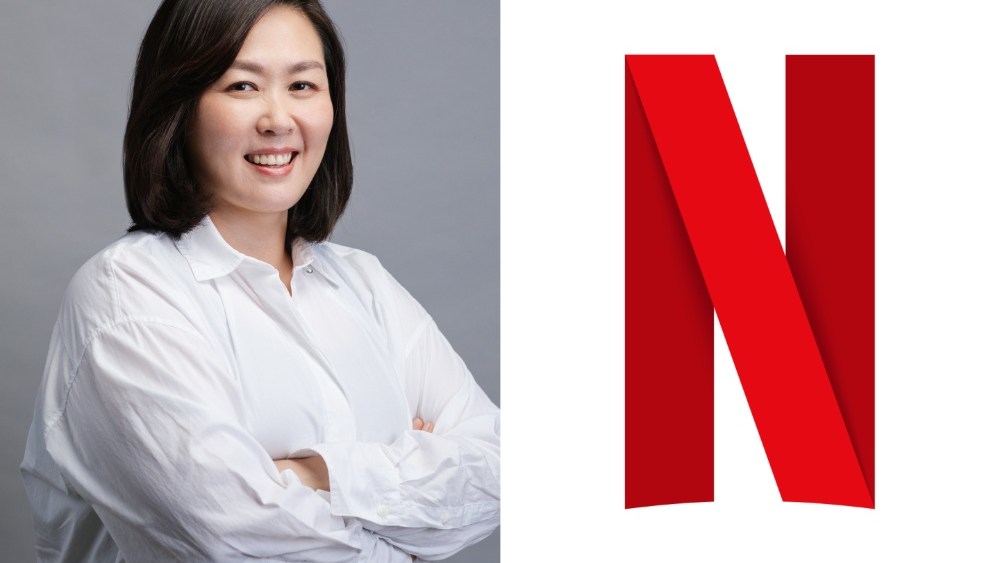‘Squid Game’ Success Is From Netflix’s Local-First Strategy, VP Says
While Hollywood scrambles to reverse-engineer global hits, Netflix‘s secret to creating the phenomenon “Squid Game” turns out to be surprisingly simple.
In an entertainment landscape where global streaming platforms often chase universal appeal, Netflix finds worldwide success by doubling down on cultural specificity. Minyoung Kim, Netflix’s VP of content for Asia (ex-India), reveals that the streaming giant’s local-first strategy was behind the unprecedented success of “Squid Game” and continues to drive the platform’s content decisions across Asian markets.
“When I commissioned ‘Squid Game,’ we were never trying to find a global show,” Kim says during a wide-ranging industry conversation with Variety during the streamer’s ongoing Asia Pacific showcase in Tokyo. “We always look for stories that are going to have an impact in the local market, that is going to really touch our local audience.”
This philosophy, which prioritizes cultural resonance within a show’s home territory above broader international ambitions, might seem at odds with Netflix’s global aspirations. Yet Kim, who joined Netflix in 2016 as one of its first content executives based in Asia, insists this approach remains unchanged despite “Squid Game” becoming one of the platform’s most-watched series ever.
“We’re not trying to copy the success of ‘Squid Game,’” Kim says. “We always look for titles that are going to work really well in the local market and entertain our audiences in the local market.”
Kim, who oversees all films and series for the region, believes that authenticity is the key ingredient that enables local content to transcend borders. “When it’s a locally authentic story that is able to create the emotion that can really work well universally, I think that’s when you really see a show travels far more,” Kim says.
This counterintuitive approach — focusing intensely on local appeal rather than trying to engineer international crossovers — has become Netflix’s North Star in Asian markets. Kim explains that this requires having teams deeply embedded in each territory who understand the cultural nuances that resonate with local audiences.
“For Korean content, it’s a Korean audience; for Japanese content, it’s Japanese audience; for Thai content, Thai audience,” she says. “For every show that we make, every decision we make, our North Star is making sure we please the local audience and become a cultural zeitgeist in that local market.”
Kim’s journey to becoming one of Netflix’s most influential content executives in Asia includes stops at several major media companies. Prior to Netflix, she led Twitter’s content partnerships across the Asia Pacific region, an experience she credits with broadening her perspective on what constitutes content in the digital age.
“Before Twitter, I worked at production companies. In my head, when you use the word ‘content,’ it was a couple of million dollars a film, a couple of million dollars drama,” Kim recalls. “When I went to Twitter, people kept talking about ‘the content strategy’ and I was a little bit confused, like, ‘What do you mean, content? We don’t have content here. We have tweets.’”
This revelation — that a 140-character tweet could itself be considered content — gives Kim a more expansive view that continues to inform her work today. “It really opened up my eyes to different definitions of content, and that really helps me, even now, as we try to make sure we have a variety of stories.”
The streaming landscape has evolved considerably since Netflix first launched in Asian markets. In many countries, what was once a disruptor has become the incumbent. When asked how Netflix balances staying edgy while becoming mainstream, Kim says, “I would love to consider ourselves as a companion to the industry. We always aspire for diversity and variety.”
Kim notes that maintaining quality across an expanding slate requires distributing creative decisions. “If I was the one making all the decisions, I think we would not be where we are now. But my team in each of those markets make those decisions and are making bets, taking risks. It’s in our DNA, so we always aspire to make big, bold swings.”
Despite a post-pandemic streaming cooldown that has affected many players in the industry, Kim indicates that Netflix is doubling down on its investments in Asia, particularly in local content production. “APAC is one of the regions where we actually have a very high growth,” she notes. “What I love about working in Netflix is when we’re growing, we know that it’s important to really invest forward.”
This growth extends beyond just commissioning more content. Kim highlights Netflix’s focus on training programs for creators and production crews, emphasizing that the overall industry ecosystem needs to develop alongside Netflix’s ambitions in the region.
When asked about what metrics matter most in evaluating content success — completion rates, virality or cultural resonance — Kim doesn’t hesitate: “It’s always cultural resonance. Human emotion is the most powerful thing, and when you are able to tell a story that resonates with the audience, culturally and personally, it creates that human emotion.”
As for industry trends, Kim believes Asian content has only begun to tap into its potential with global audiences. “The bets we have been making so far, and the bets that we that we are going to make this year and continue to make, are going to make sure that Asian content from wherever Asian country will be on the radar of our global audience,” Kim says.
“People think that with APAC content, we’ve reached that peak. APAC content is so much on demand, but we’re really just starting,” she says. “The shows that my team and we at Netflix Asia are putting in the world, it has a lot more potential than where we are right now.”


